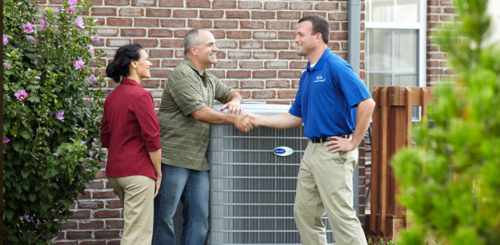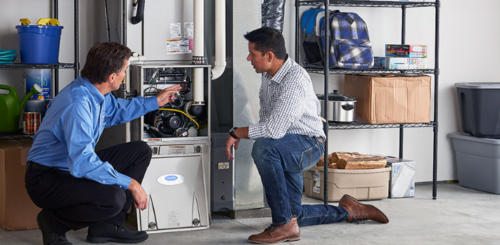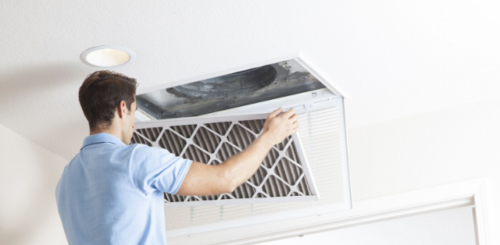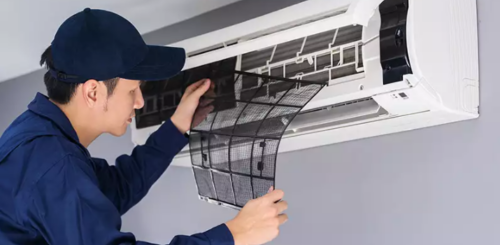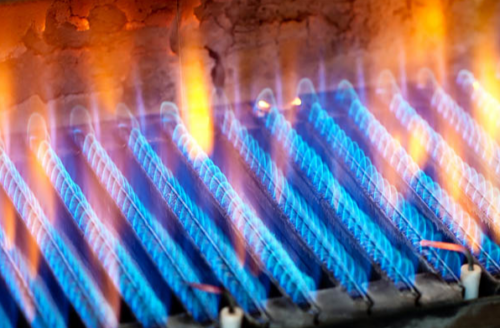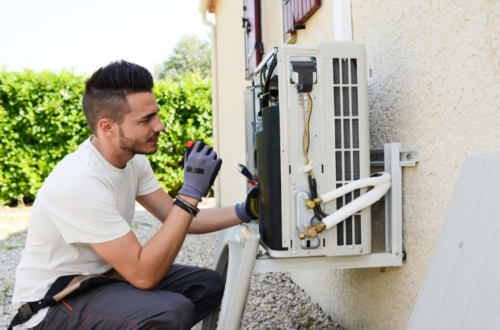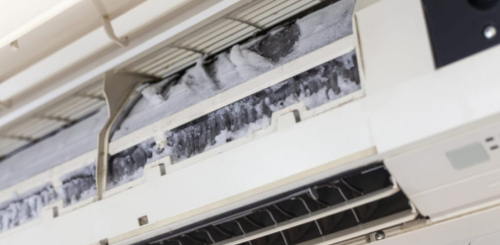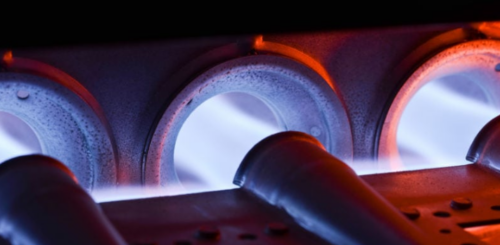Mechanical systems for heating, air conditioning, and ventilation are installed and maintained as part of HVAC services. Heating, Ventilation, and Air Conditioning is an abbreviation for the three systems. Services in the field of heating, ventilation, and air conditioning (HVAC) coordinate the installation and maintenance of a building’s heating, ventilation, and air conditioning (HVAC) systems.
A heating, ventilation, and air conditioning system’s duties extend beyond just temperature regulation. Instead, it helps make a building more pleasant to be in by enhancing the quality of the air within. Although there are a number of variations on HVAC systems, they always share a few core components.
To begin, there must be a way for stale indoor air to be replaced with breathable outside air. Ventilation describes any of two processes that do this. The term “natural ventilation” is used to describe the free flow of air into and out of a building via its windows, doors, and other openings. Removing stale air, smells, carbon dioxide, and excess moisture all benefit from this ventilation.
The V in HVAC refers to the mechanical mechanism used to provide ventilation. Open windows and doors, as well as older dwellings’ inherent cracks and crevices, provided enough natural ventilation for most houses in the past. However, new building techniques result in houses that are far better sealed, elevating the need of ventilation in HVAC systems. Work begins whenever the air is sucked into an air handling device after being introduced inside. Particles such as dust, pollen, and allergens are removed from the air by passing it through filters.
Relaxation comes next. There are two main destinations for air: heating or cooling with dehumidification. This filtered and heated air is then distributed throughout the house. In the case of central systems, this entails traveling to individual rooms through a system of ducts and registers. In most other systems, this would entail a straight launch into the void.

